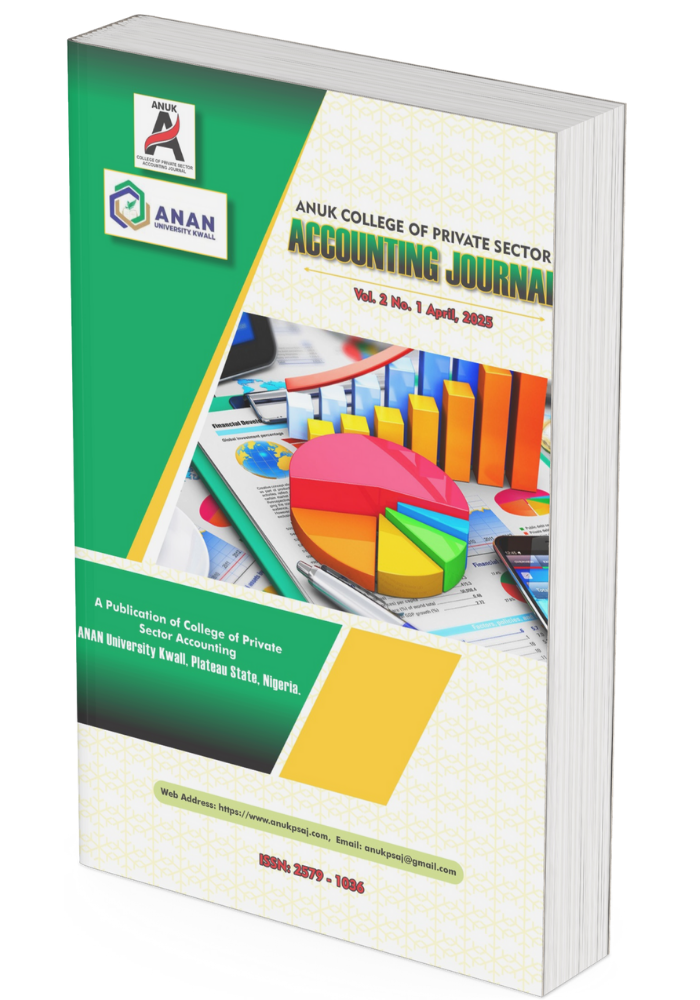FORENSIC INVESTIGATION TECHNIQUES AND FINANCIAL REPORTING FRAUD IN SELECTED BEVERAGE FIRMS IN NIGERIA
Keywords:
Asset tracing, data analysis, forensic, fraud, investigation.Abstract
This study examines the impact of forensic investigation techniques, specifically data analysis and asset tracing, on financial reporting fraud in selected manufacturing firms in Nigeria. The population for this study consists of accounting staff from four major Nigerian manufacturing firms: Nestlé, Nigerian Breweries, Nigeria Bottling Company, and Flour Mills of Nigeria, with a total population of 4,975 staff members. A sample size of 370 was determined using the Taro Yamane formula, which ensures a 5% margin of error. The research utilized a survey design, with data collected through questionnaires distributed to the selected sample. The study found a significant effect of both data analysis and asset tracing in identifying and preventing financial reporting fraud. Data analysis, through tools like regression and trend analysis, was particularly effective in detecting discrepancies in financial reports, while asset tracing played a crucial role in uncovering hidden assets and fraudulent transactions. The findings suggest that adopting these forensic investigation techniques can significantly improve financial transparency and accountability within Nigerian manufacturing firms. This study recommends the integration of these forensic methods into corporate governance practices to mitigate financial fraud.
Downloads
Downloads
Published
Issue
Section
License
Copyright (c) 2025 ANUK College of Private Sector Accounting Journal

This work is licensed under a Creative Commons Attribution-NonCommercial 4.0 International License.







